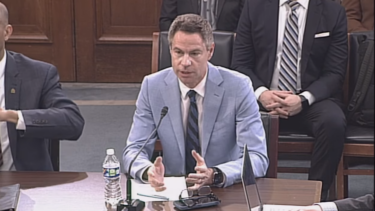Facebook is not suppressing users’ status updates in order to force them to pay for access to their audience, the company said today.
“There have been recent claims suggesting that our News Feed algorithm suppresses organic distribution of posts in favor of paid posts in order to increase our revenue. This is not true.”
The company was responding to claims by some high-profile users that in order to encourage more people to pay to promote their status updates it was restricting the number of people that its system was showing posts to. Facebook made the defence in the “Fact Check” section of its website today.
The problem was highlighted on Friday by the by the New York Times journalist Nick Bilton who reported that recent posts published to his Facebook profile received less engagement (likes/shares/comments) this year then they did last year, in spite of him having a larger number of followers.
After Bilton’s article was published other journalists reported the same was happening to their content. Writing this week Bilton says that some Facebook users are being asked to spend as much as $7,500 to help their posts reach a larger number of the people who have already subscribed to them.
According to Facebook, engagement from followers has increased by 34% year-on-year (a claim that Bilton questions). Facebook says that since a greater number of people are using the site’s follower feature its Edgerank system, which decides order in which a person’s friends’ posts should appear, has been updated to ensure users aren’t swamped by updates from the people they’re following.
Describing the journalists’ claims as “anecdotes” Facebook defended its system by saying that an “an apples-to-oranges comparison” of a recent posts against ones published a year ago is unfair.
Facebook suggests that there are two reasons why a person with a large number of followers on the site might have a small amount of engagement. First, Facebook blames user apathy, saying that while users were highly engaged with the system when it launched last year they’re not so engaged this year.
Secondly, the company also blames the quality of posts being published by those with a large number of followers. Facebook says that in the autumn of 2012 it made changes to how it distributed posts to followers that “may have also decreased the distribution [of] less engaging stories from public figures.”
Facebook says that in the past six months it has changed the way that it shows status updates from public figures to their followers which should “solve” issues of post visibility for those using the follow feature.
Facebook’s follow feature was introduced last year. Originally called “Subscribe” it apes Twitter’s follow system and allows one person to receive another’s posts without that person having to follow them back. The feature can be used by any person but currently it appears to be most popular with members of the media and celebrities.












